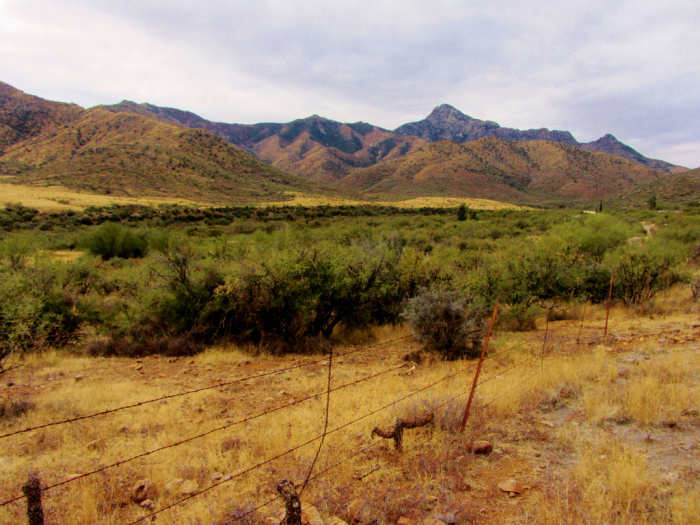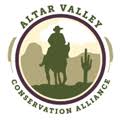 The Altar Valley Conservation Alliance is a collaborative conservation organization of ranchers and agricultural producers in a watershed in the grasslands, desert, and mountains of the Sonoran Desert southwest of Tucson. The Alliance was formed in 1995 to begin working across boundaries to improve the health of the landscape and keep open spaces open. Landowners and a diverse set of partners who live, work, and conduct research in the Valley work to conserve healthy working landscapes, promote a thriving agricultural economy, and sustain a resilient rural community. They have conducted various projects including grassland restoration, wildlife-friendly fencing and connectivity, surface water enhancements, and soil retention and health.
The Altar Valley Conservation Alliance is a collaborative conservation organization of ranchers and agricultural producers in a watershed in the grasslands, desert, and mountains of the Sonoran Desert southwest of Tucson. The Alliance was formed in 1995 to begin working across boundaries to improve the health of the landscape and keep open spaces open. Landowners and a diverse set of partners who live, work, and conduct research in the Valley work to conserve healthy working landscapes, promote a thriving agricultural economy, and sustain a resilient rural community. They have conducted various projects including grassland restoration, wildlife-friendly fencing and connectivity, surface water enhancements, and soil retention and health.
2024 Restoration Workshop at Buenos Aires National Wildlife Refuge
In March 2024, the Altar Valley Conservation Alliance convened a workshop to monitor and maintain two restoration projects on the Buenos Aires National Wildlife Refuge (BANWR). These projects aim to enhance habitat for the endangered masked bobwhite quail by re-hydrating stream channels and floodplains, which provide forage and cover for the quail and many other wildlife species. The projects utilize a diverse suite of restoration methods, including one-rock dams and brush baffles in channels, road drainage features, and modifications to the outflow of an earthen water tank.
At these two project sites, the AVCA and BANWR partnered with expert contractors and a diverse group of volunteers to build over 45 rock and brush structures over approximately 1,500 linear feet of stream channels and their surrounding floodplains. This year, volunteers helped assess the land response to those features and added earthen and brush structures to help re-connect channels to their floodplains.
At one restoration site (the Arroyo Hondo drainage), rock and earthen structures are used to encourage water to escape an incised channel and water the surrounding floodplain. Below is a natural pool that formed behind a one-rock dam.
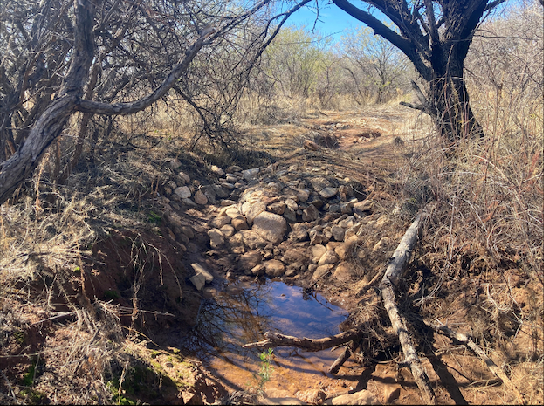
At the second site (Puertocito Tributary), brush baffles were installed to widen and lengthen the incised channel, slow water down, and build sediment.
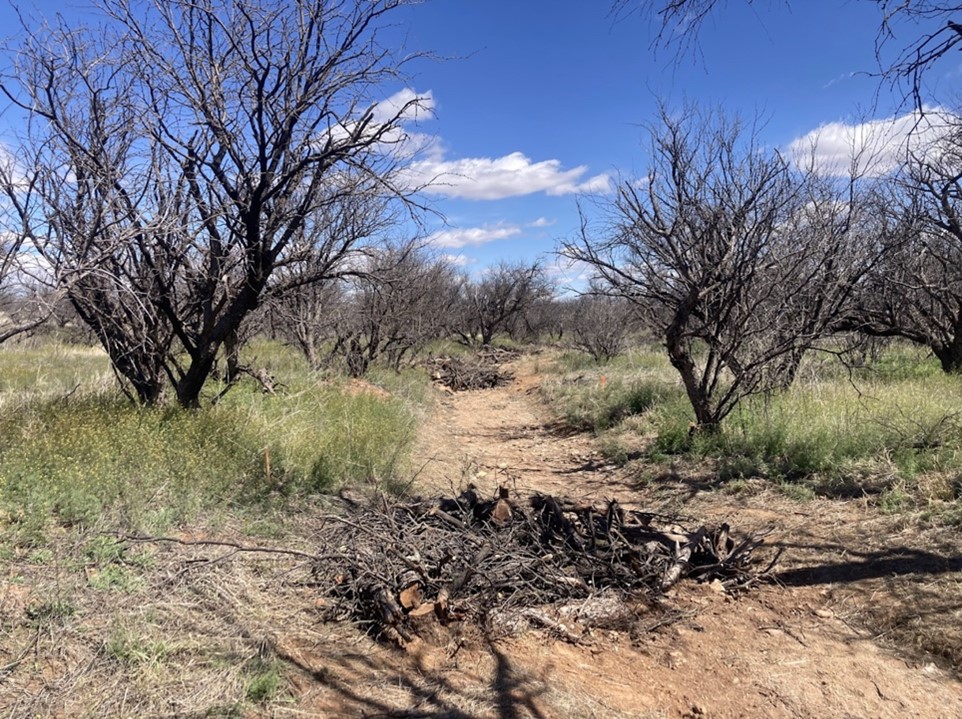
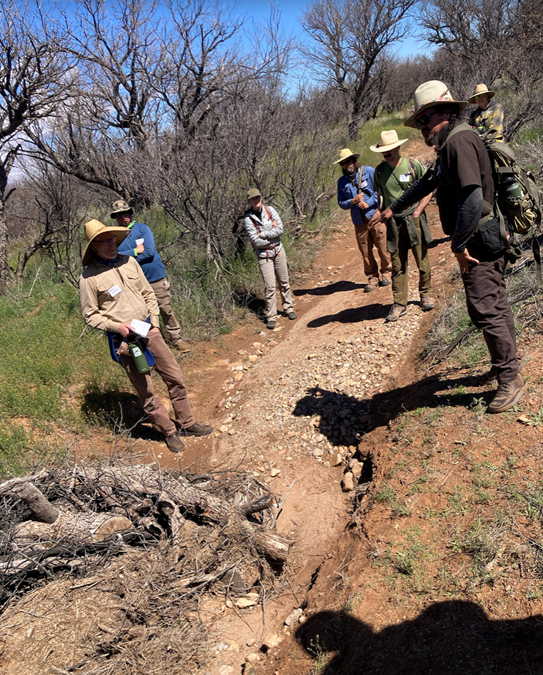
The AVCA and BANWR continue collaborating on and expanding this project; in 2024, they are working with funding from the Arizona Department of Fire and Forestry Management on an Invasive Plant Grant to replace Lehman Lovegrass with native grasses and forbs throughout the Puertocito Tributary site. There will be many opportunities for volunteers to assist in monitoring, maintaining, and adding to this restoration work in the future!
